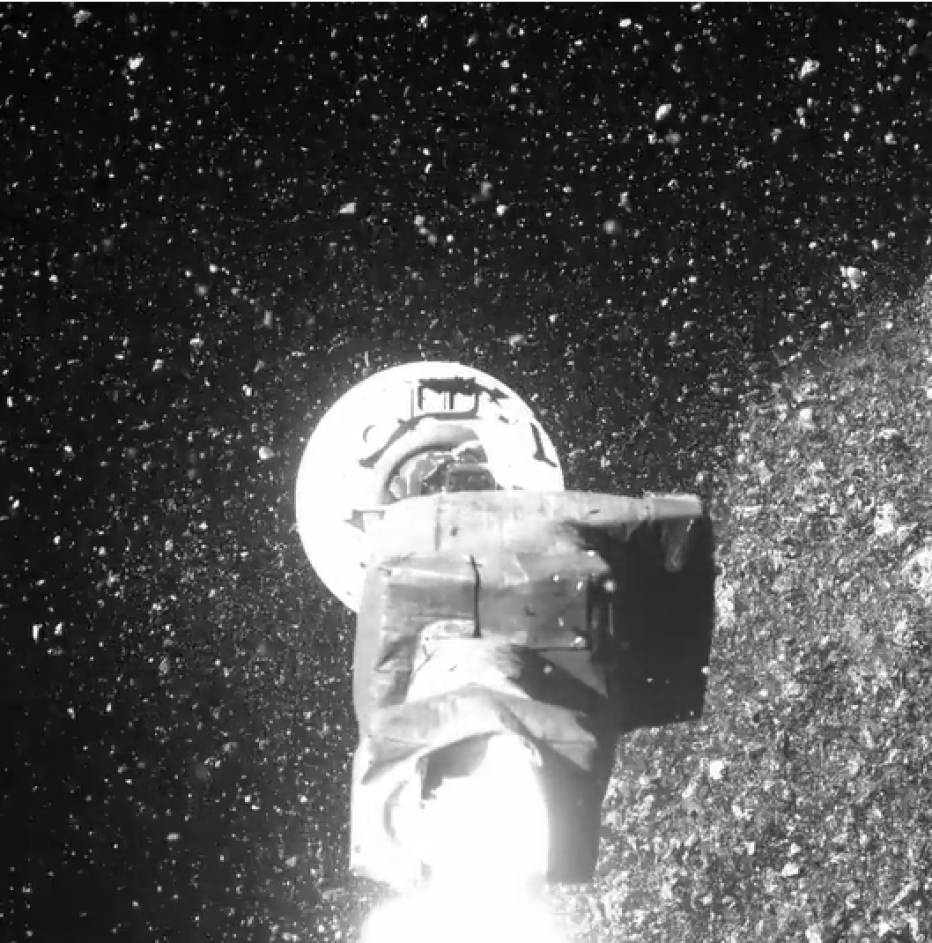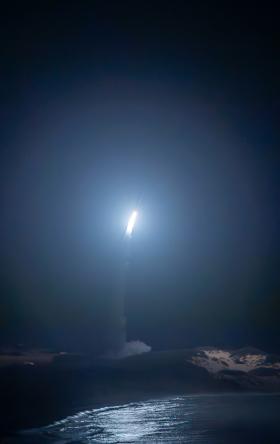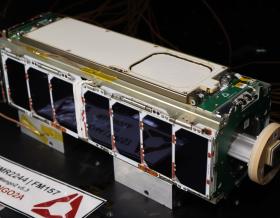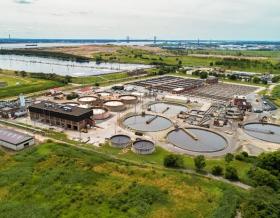-
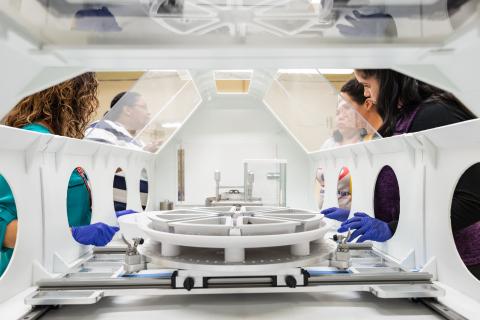
OSIRIS-REx curation lab at Johnson Space Center in Houston. Jacobs and NASA technicians are training on procedures that will be used to curate the asteroid material from Bennu. Photo courtesy of NASA
-
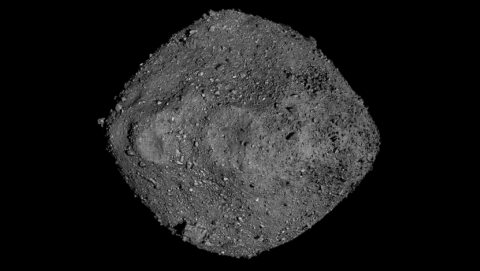
Photo mosaic model of asteroid Bennu that the OSIRIS-REx lander captured over several weeks before making its landing on the asteroid. Photo courtesy of NASA
-
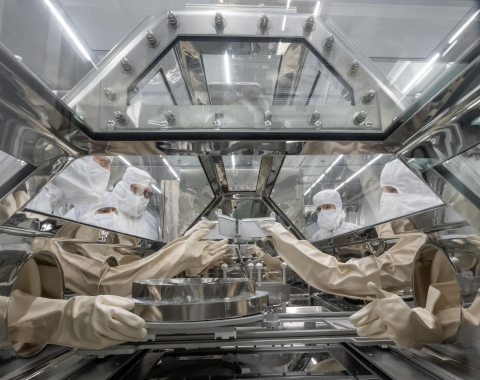
OSIRIS-REx curation lab at Johnson Space Center in Houston. Jacobs and NASA technicians are training on procedures that will be used to curate the asteroid material from Bennu. Photo courtesy of NASA
After seven years of anticipation, the Origins, Spectral Interpretation, Resource Identification, and Security-Regolith Explorer (OSIRIS-REx) spacecraft landed back on Earth (in Utah to be exact) on September 24, 2023, carrying an estimated 250 precious grams of 4.5-billion-year-old rock material collected from asteroid Bennu. The rocks and pebbles captured from Bennu represent the purest samples to be returned to Earth in NASA’s history. Jacobs scientists, engineers and technicians are responsible for carefully protecting this untainted material from a host of contaminants, and the atmosphere itself, on its journey from Utah to NASA’s Johnson Space Center (JSC) in Houston, Texas.
Bennu is a small asteroid that passes close to Earth about every six years. This asteroid was selected for the OSIRIS-REx mission because it is believed to be one of the oldest leftover fragments from the solar system's formation. Bennu is a carbon-rich asteroid that contains organic molecules that could reveal new, scientific information regarding the origins of organic life in the solar system.
In October 2020, the OSIRIS-REx spacecraft contacted the surface of Bennu, fired nitrogen gas at the asteroid and collected samples from the stirred-up rocks and debris from the blast. The spacecraft departed from Bennu in May 2021 and returned to Earth to drop off the samples on September 24, 2023.
“These samples haven’t hit the Earth and have been traveling around our solar system in pretty much a pristine condition,” says Melissa Rodriguez, a Jacobs teammate scientist working on OSIRIS-REx for the past decade. “They haven’t been exposed to our atmosphere or to anything except harsh space for billions of years.”
Preparing samples for transport to JSC
The samples, secured in a small capsule, entered the Earth’s atmosphere in Utah at the Department of Defense’s Utah Test and Training Range in the Great Salt Lake Desert. A highly-trained recovery team carefully retrieved the capsule and surrounding soil, air and water samples from the landing site, then transported the samples to a temporary clean room lab at the military base. There, a team of astromaterials technicians removed the heat shield, opened the sample carrier and prepared the samples for delivery to JSC for curation.
The Jacobs team has trained and developed critical procedures to ensure the sterile samples are never exposed to terrestrial material that could contaminate the astromaterials.
“Every sample here has a story to tell,” says Eileen Stansbery, division chief of the Astromaterials Research and Exploration Science (ARES) division and chief scientist at JSC. “It is our job to preserve these samples for scientists to use for decades to come.”
Our Jacobs team started the project in 2018 planning the intricate design that brought deeper understanding of the fragility of astromaterials and insight into how to protect them from contamination.
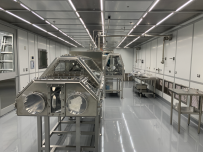
Once the samples are transported to JSC, they will move to a 654-square-foot curation lab facility with clean rooms stocked with new, state-of-the-art glove boxes that will protect them from contamination. Over the next six months, Jacobs scientists will catalog, store and perform configuration management functions to ensure pristine samples' availability for roughly 230 scientists globally.
“Our collaboration with NASA on the OSIRIS-REx program over the years will lead to new understanding and knowledge of our solar system,” says Jacobs Vice President and Program Manager at JSC Dr. Joy Kelly.
Photo at left: Nitrogen Filled Glove Boxes - OSIRIS-REx Curation Lab at Johnson Space Center. Photo courtesy of NASA
Since 2005, Jacobs has worked with NASA on the curation of prized astromaterials that are carefully stored at JSC as a part of the Astromaterials Research and Exploration Science Division that houses the world’s largest collection of astromaterials under one roof, including Mars meteorites, solar wind, and comet particles, 127,000 categorized moon rocks, and now rocks and pebbles from the asteroid Bennu.
The impact of the OSIRIS-REx mission will be the catalyst for scientific research of asteroids for many years to come. Similar to samples collected from Apollo missions over 50 years ago, the research of Bennu components will be available for scientists to study today and well into the future.
Watch OSIRIS-Rex make a very quick touchdown, vacuum capture astromaterials, and then take off from Bennu.
Click the video below
